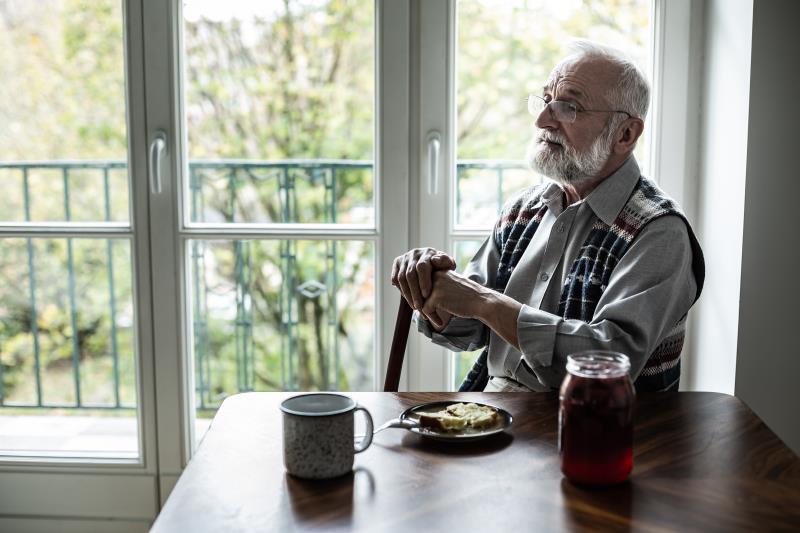
Living alone and social disengagement may increase the risk of hospital admission for respiratory disease in older adults, a recent study has shown.
Study participants were 4,478 older adults enrolled in the English Longitudinal Study of Ageing (ELSA). Their data was linked with hospital data (NHS Hospital Episode Statistics) and the UK NHS mortality registry.
Social isolation was assessed through three aspects – domestic isolation (living alone), social contact (frequency of contact with children, relatives, and friends), and social engagement (frequency of contact with community, cultural groups, or volunteering). Loneliness was assessed using the UCLA loneliness scale.
Over a maximum follow-up of 9.6 years, 11 percent of patients were admitted to hospital for respiratory disease.
After adjusting for sociodemographic, health, and behavioural confounders*, individuals who lived alone had a 32 percent significantly increased risk of hospital admission due to a primary diagnosis of respiratory disease compared with individuals who lived with others (hazard ratio [HR], 1.32, 95 percent confidence interval [CI], 1.06–1.64; p=0.012). [Thorax 2020;doi:10.1136/thoraxjnl-2019-214445]
Lack of social engagement was also tied to a 24 percent increased risk of hospital admission for respiratory disease (HR, 1.24, 95 percent CI, 1.11–1.38; p=0.000). However, there was no apparent association between loneliness (HR, 0.95; p=0.317) or low social contact (HR, 0.96; p=0.328) with hospital admission for respiratory disease.
The results did not appear to be affected by gender or presence of pre-existing respiratory disease.
One reason that explains the link between social isolation and respiratory disease hospital admission could be a higher prevalence of physical inactivity and smoking among individuals living alone, suggested the researchers. These individuals may also be less likely to seek medical attention in the early stages of respiratory disease. “[L]iving alone is [also] associated with poor health, disability, and the risk of falls; hence, clinicians may admit patients due to increased discharge risks,” they added.
The increasing number of hospital admissions for respiratory disease calls for research into modifiable risk factors for this outcome, highlighted the researchers.
A previous study noted that social isolation and being housebound were associated with an increased risk of hospital admissions for respiratory disease in older adults. [Br J Gen Pract 2008;58:e1-e9] Additionally, a study in adults with chronic obstructive pulmonary disease (COPD) showed that loneliness was tied to an increased risk of emergency department visits. [Mayo Clin Proc Innov Qual Outcomes 2019;3:350-357]
“[O]lder adults living alone with existing lung conditions may benefit from additional targeted community support to try and reduce the risk of hospital admissions,” said the researchers.
“The roll out of social prescribing schemes may present opportunities for referring these individuals to social engagement community activities,” they added.